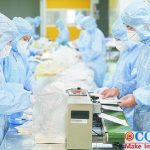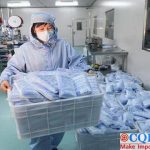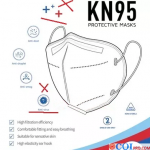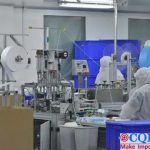Type Of Mask And How To Choose
At present, there are many types of masks on the market, mainly divided into medical masks (medical protective masks, medical surgical masks, ordinary medical masks), cotton masks, gauze masks, sponge masks, dust masks, activated carbon masks, paper masks, etc.
When COVID-19 erupted, masks were out of stock again. Do you really understand the masks? What types of masks are there? What are the differences between them?
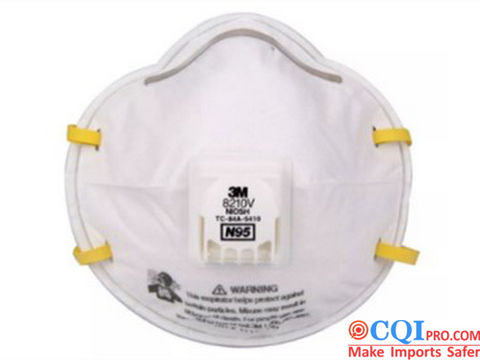
Type Of Mask 1 :Medical Masks
Medical mask is a kind of textile for medical protection, which is made of one or several layers of non-woven fabric. The main production processes include melt blowing, spunbonding, hot air or acupuncture, etc. It has the effects of resisting liquid, filtering particulate matter and bacteria, etc. Meltblown cloth is the core material of medical masks.During the epidemic, some mask manufacturers cut corners and replaced meltblown cloth with ordinary non-woven cloth to produce inferior masks which are sold all over the world. Consumers should pay special attention when purchasing medical masks.
According to the performance characteristics and application scope, medical type of masks can be divided into: medical protective masks, medical surgical masks and ordinary medical masks.
(1) Medical protective masks (which we often called N95 and KN95 masks)
The medical protective mask is suitable for the protection of medical workers and related staff against airborne respiratory infectious diseases.It is a close self-absorption and filtration type medical protective article with high protection level.Especially it is suitable for being worn when contacting patients with respiratory infection diseases that are transmitted by air or by droplets at close range in diagnosis and treatment activities.It can filter particles in the air and block flying foam, blood, body fluid and secretion droplets,which belongs to disposable type of mask and cannot be reused. Medical protective masks can prevent most pathogens such as bacteria and viruses. WHO recommends that medical workers use protective masks against particulate matter to prevent virus infection in the air of hospitals.

Medical protective masks conform to GB19083-2003 “Technical Requirements for Medical Protective Masks”. Important technical indicators include filtration efficiency of non-oily particles and airflow resistance.
(2) Medical surgical masks
Medical surgical mask is suitable for the basic protection of medical workers or related staff, as well as the protection to prevent blood, body fluid and splash from spreading during invasive operation. The protection level is medium and has certain respiratory protection performance. The type of mask is mainly worn when working in operating rooms, nursing immunocompromised patients and performing body cavity puncture and other operations in a clean environment with cleanliness within 100,000 class. Medical surgical masks can block most bacteria and some viruses, prevent medical workers from being infected, and prevent microorganisms carried by medical workers in exhalation from being directly discharged, thus posing a threat to patients undergoing surgery. Medical surgical masks require a filtration efficiency of more than 95% for bacteria. Disposable surgical masks should also be distributed to suspected respiratory patients to prevent infection threats to other hospital workers and reduce the risk of cross-infection, but the efficacy of avoiding infection is not as good as that of medical protective masks.In line with YY0469-2004 “Technical Requirements for Medical Surgical Mask”, the important technical indicators include filtration efficiency, bacterial filtration efficiency and respiratory resistance.
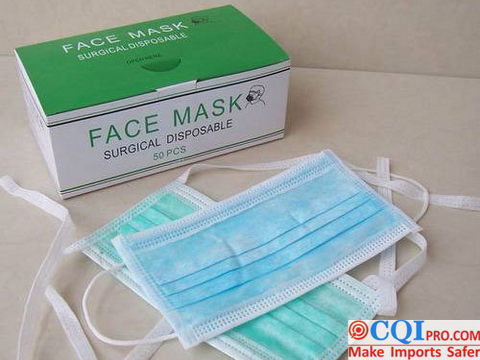
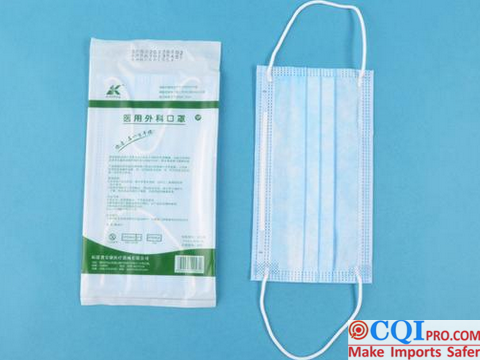
(3) Ordinary medical masks
Ordinary medical masks are used to block spittle exhaled from the oral cavity and nasal cavity, it can be used for one-time health care in ordinary medical environment with the lowest protection level. It is suitable for general health care activities, such as sanitary cleaning, liquid preparation, bed cleaning unit, etc., or blocking and protecting other particles such as pollen, etc.,except for pathogenic microorganisms.
In line with the relevant registered product standards (YZB),which generally lack the requirements of filtration efficiency and particles and bacteria , or the filtration efficiency requirements for particles and bacteria are lower than those for medical surgical masks and medical protective masks. Only aerosol with a diameter of 0.3μm can achieve a protective effect of 20.0%-25.0% which cannot achieve the filtration efficiency for particles and bacteria. It cannot effectively prevent pathogens from invading through respiratory tract, cannot be used for clinical invasive operations, cannot protect particles,bacteria and viruses, and is limited to a certain mechanical blocking effect on dust particles or aerosols.
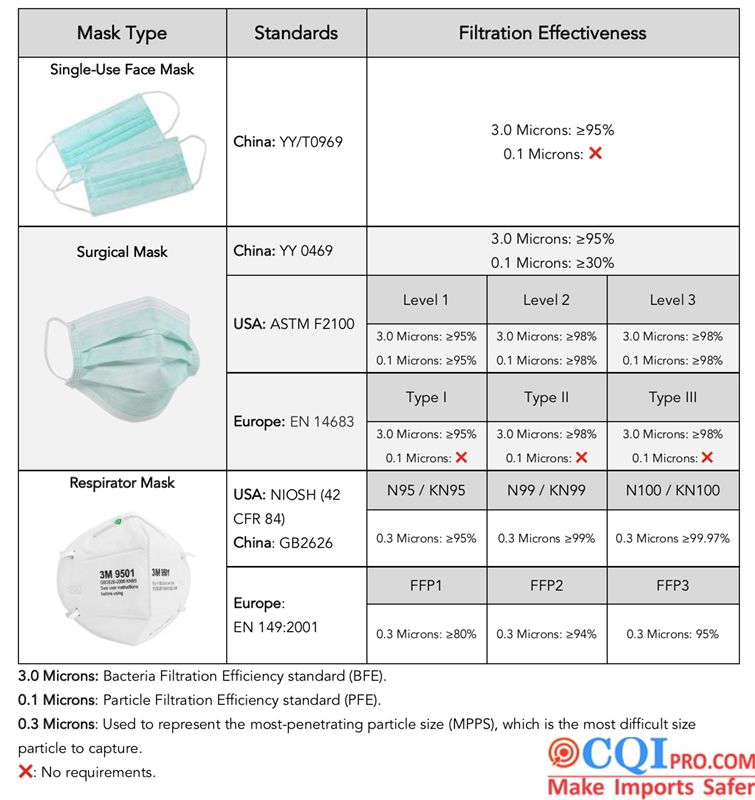

Type Of Mask 2 :Cotton masks, gauze masks, sponge masks, paper masks
These materials are not dense enough to be a type of mask that cannot prevent infection and can only block 36% of pathogens.a
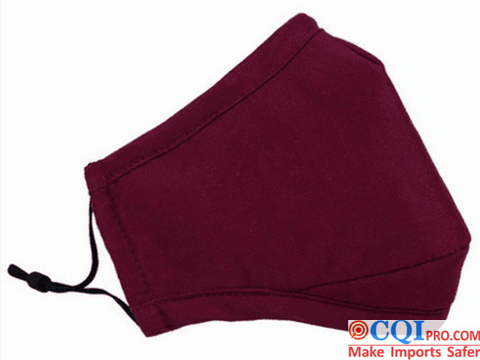
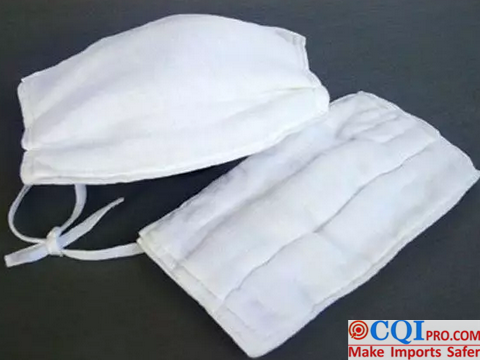

Type Of Mask 3 :Dust mask
Dust mask is used to prevent or reduce dust from entering human respiratory organs. The outer layer of the dust mask often accumulates a lot of dirt such as dust and bacteria from the air, while the inner layer blocks the exhaled bacteria and saliva.Therefore,the two sides cannot be used alternately,otherwise the dirt contaminated by the outer layer will be sucked into the human body when it is directly attached to the face and become the source of infection.Therefore, the type of mask are often used in building construction or factory workshops.
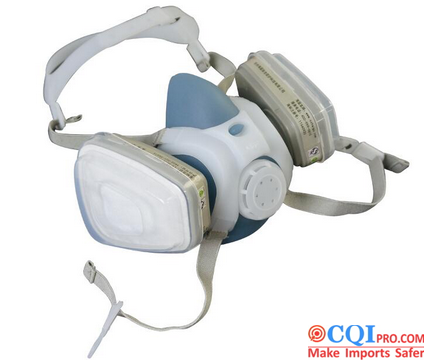
Type Of Mask 4 :Active carbon mask
The main component of the active carbon mask is active carbon.The adsorption capacity is very strong and it can adsorb harmful gases, liquids or impurities in the air on the surface of the active carbon mask.But this type of mask has no protective effect on the prevention of virus infection.

CQI5 is committed to providing importers worldwide with product quality inspection services that far exceed those of our peers. If you are planning to import or have imported from China or Southeast Asian countries, please contact us cs’@’cqipro.com to learn more about how we can make your imports safer.
This article is an original article for CQI Inspection, who is committed to providing high-quality product inspection technology and know-how sharing for global importers and retailers to make imports safer.
All rights reserved. The contents of this website provided by CQI Inspection may not be reproduced or used without express permission.
For reprint, please contact with CQI Inspection, thank you.

